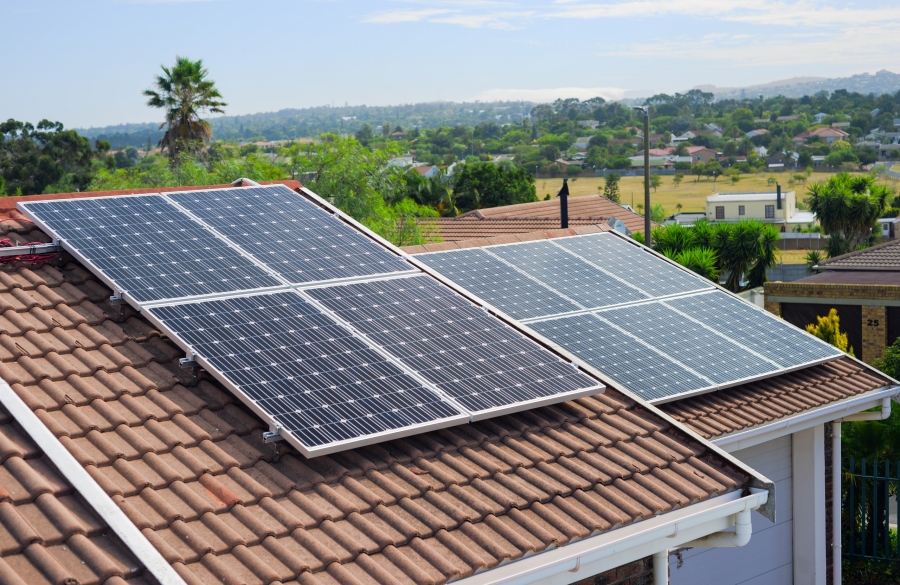Making your home eco-friendly could be easier than you think, and a few simple upgrades might end up having a big impact on the amount of gas, water, and energy that you use every month. As an added bonus, many of these popular upgrades will most likely end up saving you hundreds a year on your utility bills.
Blown-In Insulation
If your home’s current insulation is more than a decade old, then you might want to consider upgrading to blown-in insulation. That type of insulation has a very high R-value, and it can be used to get into every nook and cranny in your attic. It is also a relatively simple project that you might be able to complete in a single weekend.
Smart Thermostat
Smart thermostats have exploded in popularity in recent years, and they can save an incredible amount of energy. A smart thermostat is going to keep your home at a comfortable temperature while your family is home and then make adjustments when everyone is gone. It can also be controlled by a mobile app, and that will allow you to make minor adjustments throughout the day.
Low-Flow Fixtures
This is another simple and straightforward project that you should be able to tackle in a few hours. Low-flow fixtures can be installed in a variety of places in your home, and that includes sinks, showers, bathtubs, and toilets. A low-flow fixture acts as a diffuser so that you still get plenty of pressure without wasting as much water.
High-Efficiency Windows
Installing high-efficiency windows is a relatively large upgrade, but it should be worth it in the long run. High-efficiency windows provide an extra layer of insulation while stopping harsh UV rays. Many modern high-efficiency windows also have wider trim, and that means there will be fewer cracks and air leaks.
Solar Panels
When it comes to eco-friendly upgrades, solar panels are one of the most popular options. A company like Ask Solar Sandy could have your new panels installed within a matter of days, and you are going to notice the benefits almost immediately. Depending on where you live, you might also qualify for state, local, or federal tax credits for installing your new panels.
While some of these projects are fairly easy to carry out with a few basic tools, you should leave the larger upgrades to professionals. The average homeowner doesn’t have the tools, training, or time to carry out major home upgrades that are tied to their utility systems.

